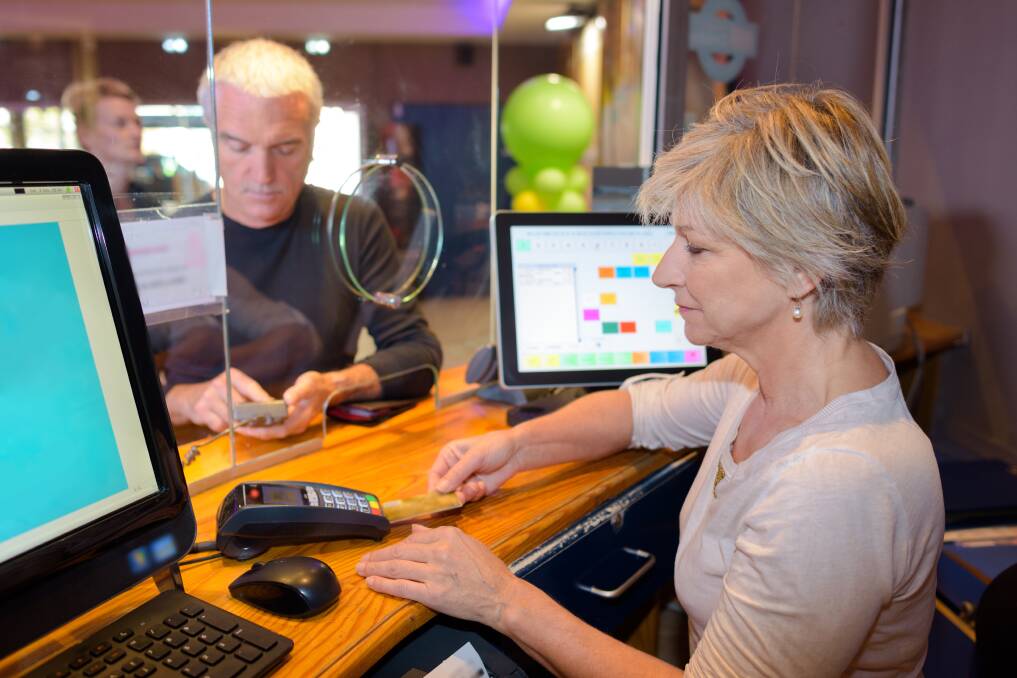Does Australia need a unified front door to government services?

Story sponsored by Adobe.
If the recent bush fire crisis and the COVID-19 pandemic have taught us nothing else, it is the importance of our digital infrastructure.
In times of crisis, we need the ability to quickly and easily access important information as well as utilise government services.
While much progress has been made in this area, some experts are now calling for a "full systems upgrade" of all of our national websites.
John Mackenney, Adobe's Principal Digital Strategist for Asia-Pacific and former public sector executive of 15 years, says government could both improve service delivery and increase departmental efficiency by embracing the latest technology.
Specifically, Mr Mackenney recommends creating a "unified front door to government". Currently a citizen needs to visit different department websites to get the information they need. Having a national web portal system would be easier for people to navigate and save them time. With everything centralised, citizens would also be able to see all interaction they had with government in one place, and be recommended government services based on their individual needs.
The Government of Canada worked with Adobe to provide a single point of access for citizens, which now accounts for more than 70 per cent of their web traffic. The site, Canada.ca, links citizens to 11 million pages of government documents from 91 institutions. It also has the ability to scale up and manage billions of visits across 400,000+ pages.
For this reason, it has been pivotal to Canada's response during the COVID-19 pandemic, in much the same way the NSW Department of Education website (which was also built by Adobe) was during the bush fires.

Mr Mackenney believes the Australian Government's MyGov is a step in the right direction, but more can be done.
The COVID-19 pandemic has not only highlighted the important role government plays in the day to day lives of every Australian but also the trust the public has in our institutions.
That's why, he says, now is the time to use that good will to accelerate our digital transformation so that our experience when dealing with government is as seamless as it is when dealing with private companies.
"Due to the COVID-19 pandemic, people are coming to government more than they ever have before," Mr Mackenney explained.
"In the early parts of the pandemic we saw traffic to Australian Government websites increase by 78 per cent. MyGov and Centrelink saw traffic increase between 200 to 250 per cent," he continued.
"People are coming to government not only for the latest information but also because they're in extreme hardship and in a lot of cases they're dealing with government for the first time.
"But unfortunately - because each government department has built their own individual department solutions, and based it on pre-pandemic levels of traffic - (their websites) weren't able to scale up under that immense pressure."
By embracing the latest technology, he says, we could also increase efficiency across government.
Using digital "touch points" - data left behind when you visit the sites as well as information like your geo-location - it is possible to create a more individualised user experience.
That is to say, if you are in a certain area where COVID-19 cases are spiking and you're searching for health data, it can quickly connect you to the most relevant information.
Likewise, if you have been visiting government websites searching for information about unemployment support or have half filled out a form, it can return you to where you were up to last time you visited or supply you with the most relevant information, thus preventing you from aimlessly bouncing around a matrix of different web pages.
It is also possible, Mr Mackenney says, to make this information available to people in customer service centres. By seeing your previous interactions with government - both online and in-person - they will have a better understanding of your needs and can provide a better, more tailored level of service.

Mr Mackenny also stressed the importance of retaining in-person service delivery through physical government services centres and phone-based support lines.
"It's not an either-or proposition," said Mr Mackenney. "It's about giving people the choice to interact with government via the channel that is the most convenient, most reliable and the most efficient."
Modern technology can also be applied to internal government systems and processes, which would ultimately save time and money, whilst simultaneously increasing overall satisfaction when dealing with government.
Providing a more user-friendly experience online, he says, would not only save citizens time but it would also give public servants more bandwidth to deal with the more complex issues that actually require their full attention.
While Mr Mackenney acknowledged the use of data always sparked debate and concern among some people, he believed this could be easily alleviated through both transparency and by giving users the option to opt-out of the enhanced experience.
"When we think about data we always think about the social media and search giants, but the reality is the companies we interact with every day - like supermarkets, banks, and online retailers - all use these types of analytics on their websites to help connect us with the content most relevant to us," he explained.
"Quite often when we talk about a better experience in government what we're really talking about is just using some of those higher-level signals to help guide people through that process," he continued.
"It's about having 'digital empathy', meaning when someone is in hardship, government picks up on those signals and is able to respond appropriately."


